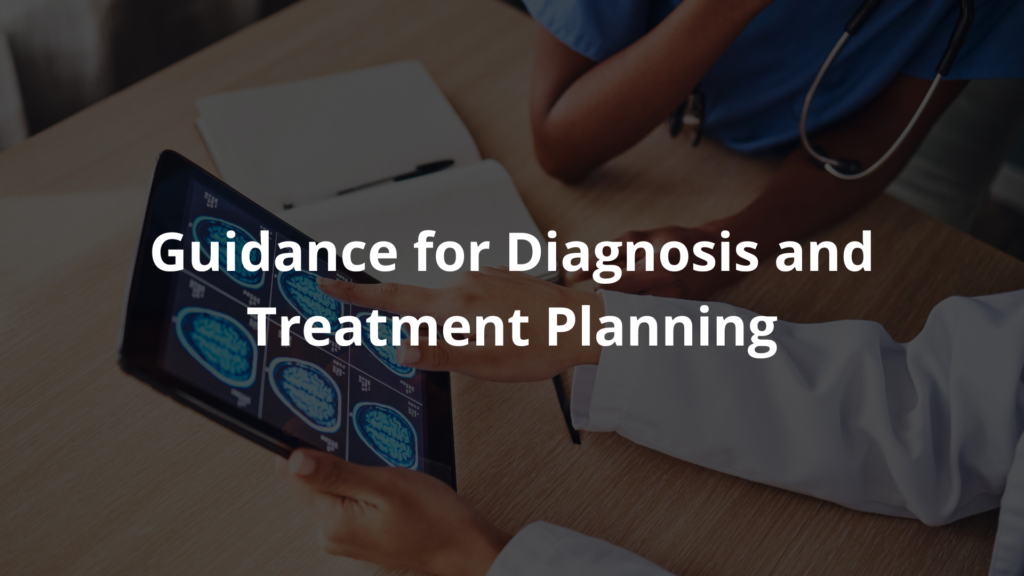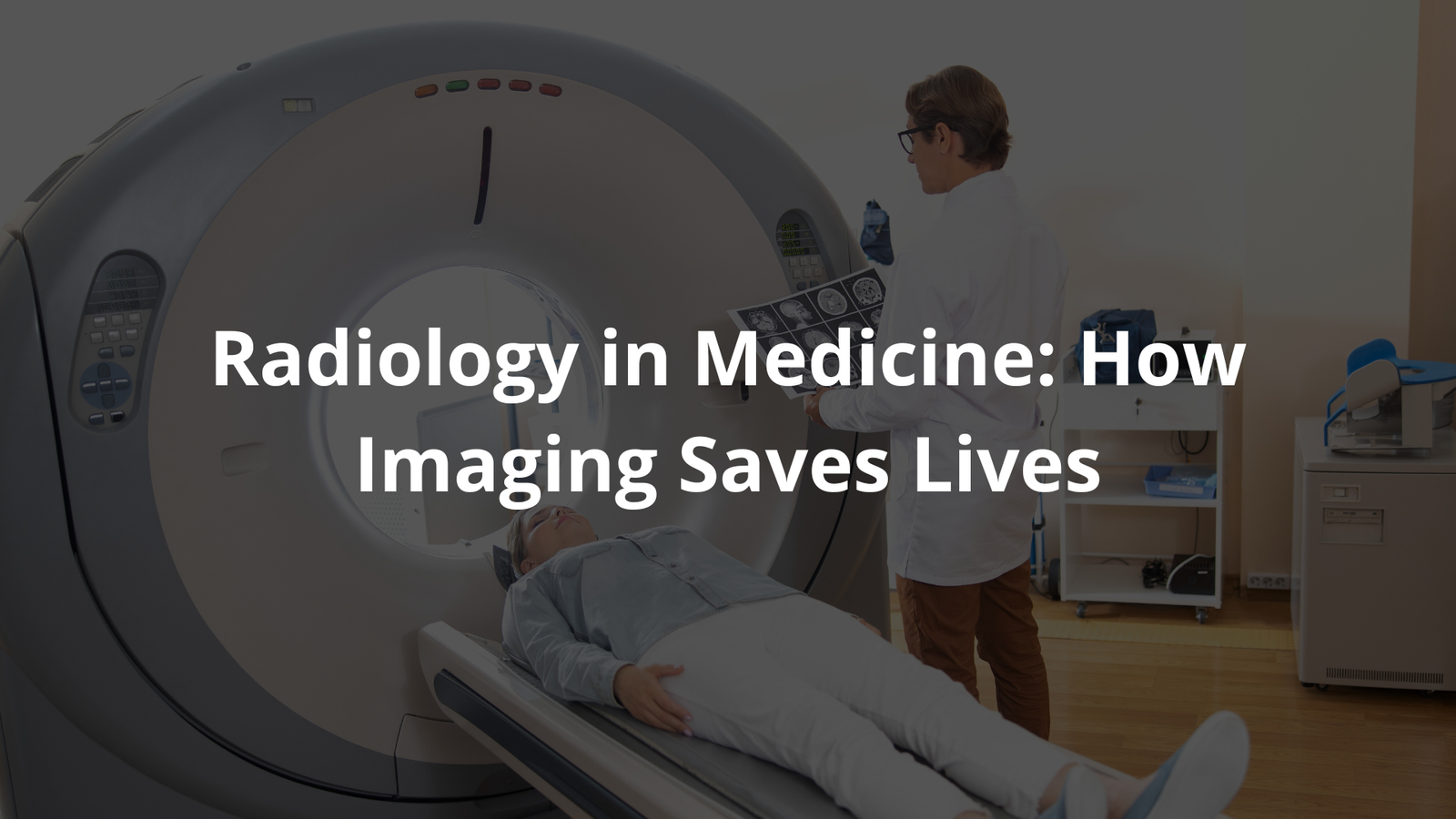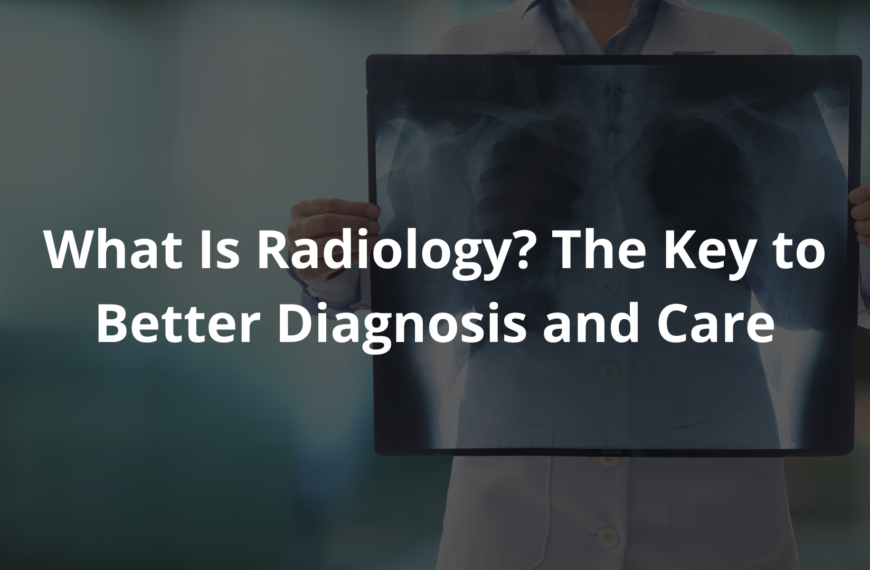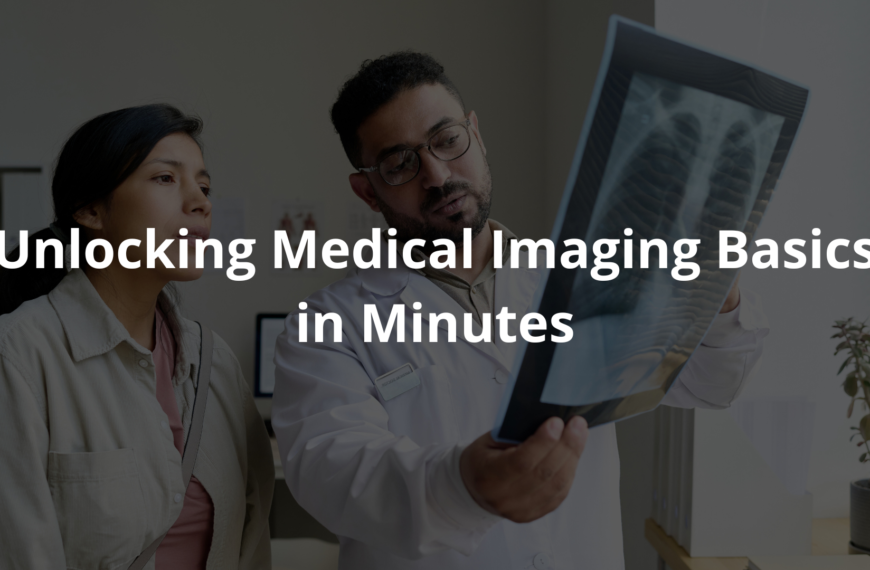Discover how radiology in medicine aids early disease detection, guides precise treatments, and keeps patients safe. Explore its vital role in healthcare!
Radiology in medicine plays a crucial role. It allows doctors to look inside our bodies without needing to open them, similar to peeking inside a sealed box. Imaging tests, like X-rays and MRI scans, provide clear pictures of our organs, bones, and tissues.
These images help doctors detect diseases early, guide treatment plans, and ensure patient safety during procedures. With radiology, identifying issues before they become serious is possible. So, let’s keep reading to uncover more about how this essential field of medicine works in helping keep us healthy!
Key Takeaways
- Radiology uses imaging tests to help doctors find problems early.
- It plays a big role in planning treatments for patients.
- Safety measures in radiology are important to protect patients from too much radiation.
Importance of Radiology in Medicine
Radiology acts as the eyes of medicine, allowing doctors to see inside the body without surgery. Tools like X-rays, CT scans, and MRIs help identify issues that can’t be seen from the outside. Around 80% of medical decisions depend on radiology, making it essential in healthcare.
Radiology is especially valuable for early detection. For example, mammograms can spot breast cancer before symptoms appear, leading to simpler treatments and better recovery chances. It can also detect broken bones, blocked arteries, and other health problems.
Radiology guides doctors in making decisions, such as planning surgery or identifying injuries. In emergencies, like car accidents, CT scans can quickly show internal damage, which can save lives.
Radiology also tracks treatment progress. For example, scans can reveal if a tumour is shrinking during chemotherapy. Digital imaging allows doctors to share results quickly, making it easier to get second opinions or plan further treatment.
Safety is a priority, too. Modern imaging uses less radiation, especially for children, while improving image quality.
Early Detection of Diseases
Radiology combines cutting-edge science with precision, making early detection of health issues its greatest strength. By identifying problems before they escalate, it empowers doctors to provide timely and effective care.
- Mammograms: Detecting breast cancer early.
These specialised X-rays examine breast tissue, spotting cancer before it’s large enough to feel. Early detection often means simpler treatments and higher survival rates. - Advanced imaging tools: CT scans and ultrasounds.
- CT scans use detailed X-rays to detect tumours, internal injuries, or hidden conditions.
- Ultrasounds employ sound waves to create images, commonly used for monitoring unborn babies and examining organs like the liver or kidneys.
- The power of early warning.
Imaging tests often uncover issues before symptoms appear, enabling less invasive treatments and better patient outcomes.
Radiology acts as an early warning system for the body, giving doctors the information they need to intervene quickly. Those seemingly simple scans hold life-changing potential.
Guidance for Diagnosis and Treatment Planning

Radiology is like having a special set of eyes that can look inside our bodies, helping doctors figure out what’s going on when we feel unwell. It’s similar to solving a puzzle—doctors need to see all the pieces to understand the full picture. Scans like X-rays, MRIs, and ultrasounds provide these vital pieces, showing what can’t be seen just by looking at someone.
- 80% of medical decisions rely on imaging tests like X-rays and MRIs.
Imaging helps doctors diagnose conditions they can’t detect by sight alone. - Scans reveal problems like broken bones or tumours.
For instance, if someone has a sore leg that won’t improve, an X-ray may show the issue, helping doctors know what’s wrong. - Unexpected findings can lead to more tests or early treatment.
Sometimes, a scan reveals something surprising, like a hidden issue, prompting further investigation.
Radiology isn’t just about taking pictures; it provides crucial information, helping doctors deliver the right care. So, the next time someone gets a scan, remember—it’s more than just a photo; it’s a tool for understanding what’s inside the body. (1)
Emergency Situations
In emergencies, radiology plays a vital role. When someone is injured, like in a car crash or fall, doctors need quick answers. X-rays, CT scans, and MRIs are used to get a clear picture of what’s wrong. A CT scan, for example, can detect internal bleeding or fractures.
The speed of these scans can be life-saving. A CT scan can take as little as 10 minutes, which can be the difference between life and death or a full recovery and long-term issues. (2)
It’s not just the machines but the radiologists who interpret the images and doctors who act on the information that make the difference. Radiology is a critical part of the healthcare team in emergency situations.
Monitoring Treatment Progress
Radiology helps doctors monitor the effectiveness of treatments like chemotherapy or radiation. Regular imaging tests, such as scans, show how a tumour is responding. If the treatment isn’t working, doctors can adjust the plan.
These tests ensure patients are getting the best care at the right time. Just like checking the score of a game, follow-up scans help doctors make decisions to improve patient outcomes. Radiology ensures treatments are working and provides vital information for the next steps in care.
Technological Advancements
Source: Mayo Clinic
Radiology has evolved significantly over the years. In the past, images were slower, blurrier, and less accurate. Today, with advanced technology, the process is faster and more precise, bringing radiology closer to futuristic levels.
Digital imaging is a major breakthrough. It allows for clearer pictures of the body’s inside, but the real advantage is the speed at which images can be shared.
A radiologist in Sydney can send an image to a specialist in Melbourne within seconds, enabling quick consultations and decisions for patient care. This collaboration improves outcomes by speeding up the diagnosis and treatment process. (3)
Modern machines also use less radiation, improving safety. With clearer images, fewer retakes are needed, reducing radiation exposure. One high-quality scan can provide all the necessary information for doctors to make decisions.
If you ever need a scan, don’t hesitate to ask questions. Knowing the details of the scan can help you feel more at ease during the process.
Patient Safety and Comfort
Imaging tests like X-rays and CT scans are essential for diagnosing health issues, but they involve radiation. While small doses of radiation are safe for adults, children are more sensitive due to their still-developing bodies.
- Pediatric radiologists specialise in adjusting machine settings to minimise radiation.
They ensure clear images are captured using the lowest possible radiation levels, reducing risks for children. - Modern imaging machines are quieter and faster.
For example, some CT scans now take just a few seconds, making them more manageable for children who may have difficulty staying still. Faster scans reduce both the child’s and staff’s stress. - Comfort is key during imaging.
Some rooms are designed with calming decorations or allow children to watch cartoons, helping keep them relaxed and cooperative, which improves imaging outcomes.
Parents should ask radiologists about how radiation is minimised and the equipment used to ensure their child’s safety during imaging procedures.
Research Contributions
Radiology goes beyond diagnosing illnesses or helping patients recover—it plays a crucial role in research. Scientists use medical scans, like X-rays and MRIs, to uncover clues about diseases, helping them understand how illnesses work and potentially paving the way for new treatments.
- Radiology reveals how diseases behave.
For example, researchers studying cancer might use scans to understand why tumours grow in specific areas, while studies on heart disease can uncover changes in blood vessels. - It bridges patient care and discovery.
By providing detailed insights, radiology helps researchers develop better treatments and prevention strategies, offering hope for future breakthroughs.
Radiology isn’t just about healing today; it’s about learning for tomorrow. This dual role—helping patients now and uncovering answers for the future—makes radiology a powerful tool in medicine and science.
Multidisciplinary Collaboration
Radiologists are a key part of the healthcare team. They work closely with doctors, nurses, and other specialists. This teamwork is called multidisciplinary collaboration. It’s not just about people doing their jobs—it’s about sharing knowledge to give the best care to patients.
How about this, a radiologist spots something unusual on a scan. They don’t keep it to themselves. Instead, they talk to the patient’s doctor. This back-and-forth communication helps everyone understand what’s going on. Together, they figure out the best plan for the patient’s health.
When healthcare workers team up like this, it makes a big difference. It means better decisions and better care for patients. And really, that’s what every patient deserves.
FAQ
What is real-time imaging in radiology?
Real-time imaging in radiology refers to imaging techniques that can capture moving body tissues and organs in real-time, such as ultrasound. This allows doctors to see how your body is functioning in the moment, which can help diagnose issues early on and guide treatments.
How do gamma rays and radio waves work in medical imaging?
Gamma rays and radio waves are types of radiation used in certain medical imaging exams, like nuclear medicine and MRI scans.
Gamma rays are used to produce detailed images of the body’s internal structures, while radio waves create images by detecting changes in the body’s magnetic fields. Both techniques are safe and effective for diagnosing a wide range of health conditions.
What are the different types of medical imaging?
There are many different types of medical imaging, including X-rays, CT scans, MRI, ultrasound, nuclear medicine, and mammography.
Each type uses a different technology to produce high-quality images of the body’s internal structures, allowing doctors to detect and diagnose a wide range of health issues. The imaging team will recommend the best type of imaging exam based on your specific medical needs.
How can medical imaging help diagnose and treat diseases?
Medical imaging plays a crucial role in helping doctors diagnose and treat a variety of health conditions.
By providing detailed, high-quality images of the body’s internal structures, imaging exams can detect problems in the early stages, before they become more serious. This allows doctors to develop targeted treatment plans and monitor the effectiveness of treatments over time.
What are the risks associated with medical imaging?
While medical imaging is generally very safe, there are some small risks associated with certain types of imaging exams. For example, X-rays and CT scans use ionizing radiation, which can slightly increase the risk of cancer if used excessively.
However, the benefits of these exams typically outweigh the risks. The imaging team will always take steps to minimize your radiation exposure and ensure your safety.
What kind of training do medical imaging professionals have?
Medical imaging professionals, such as radiologists, medical physicists, and technologists, undergo extensive education and training to ensure they have the expertise to safely and effectively perform imaging exams.
This includes completing a 4-year medical school program, followed by a 4-year radiology residency and, in some cases, a 1-2 year fellowship. These professionals are also required to maintain their certification through the American Board of Radiology or other accredited medical boards.
Conclusion
Radiology is super important in medicine in Australia. It helps doctors find problems early, plan treatments, and keep patients safe. Thanks to cool advances in technology, imaging tests are safer and work better.
As we keep learning about our bodies and diseases, radiology will stay a big part of healthcare. So, the next time you hear about an imaging test, think about how it helps doctors look after our health!
References
- https://www.icrp.org/docs/rad_for_gp_for_web.pdf
- https://www.ejradiology.com/article/S0720-048X(10)00058-6/fulltext
- https://www.ranzcr.com/whats-on/news-media/ranzcrs-position-on-artificial-intelligence-in-radiology-and-radiation-oncology?searchword=Guidance%20for%20Diagnosis%20and%20Treatment%20Planning




